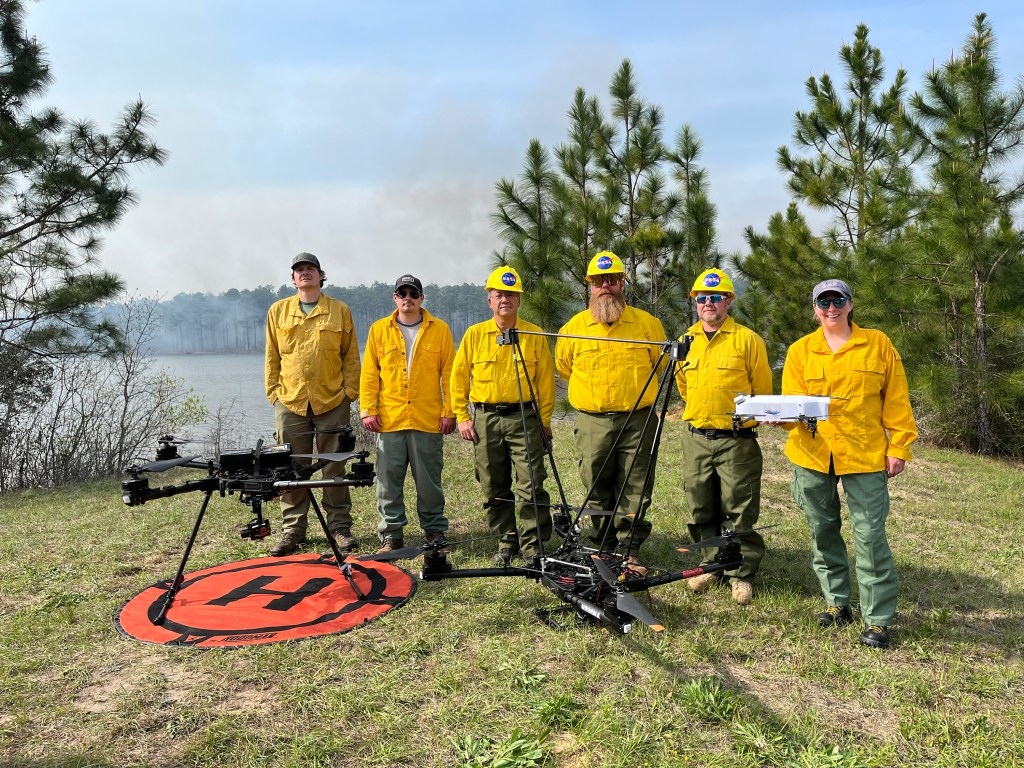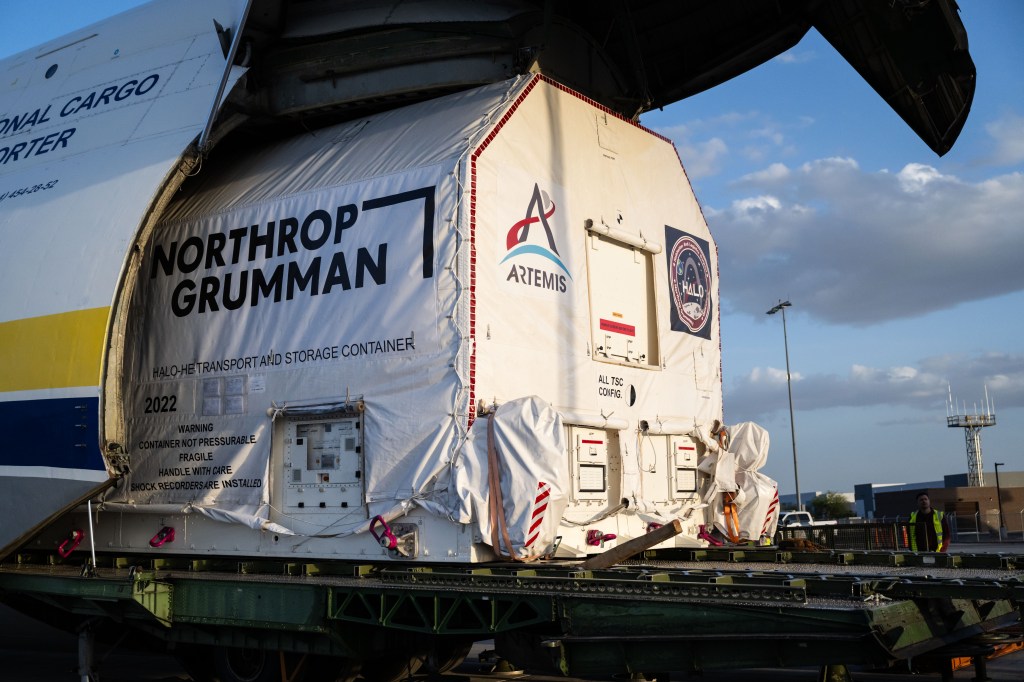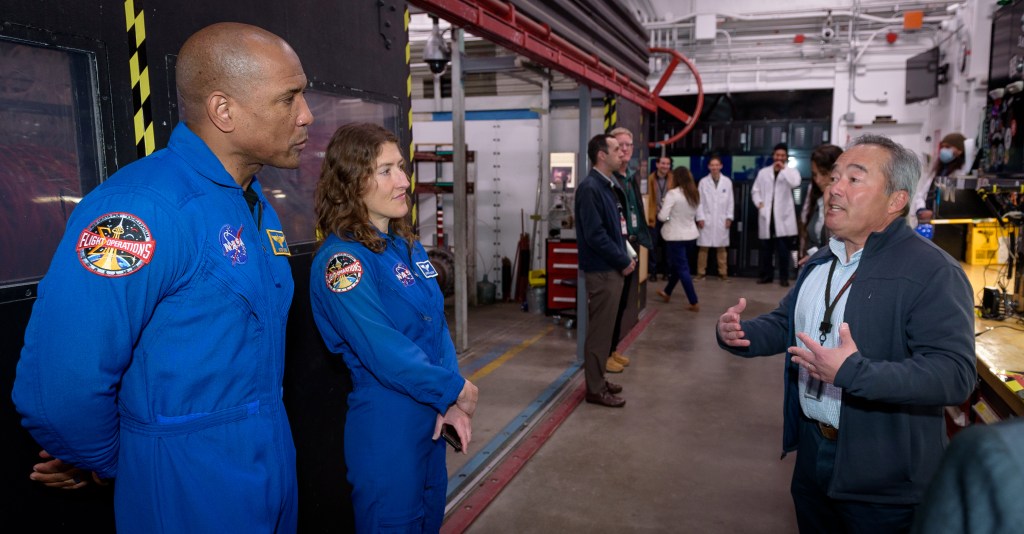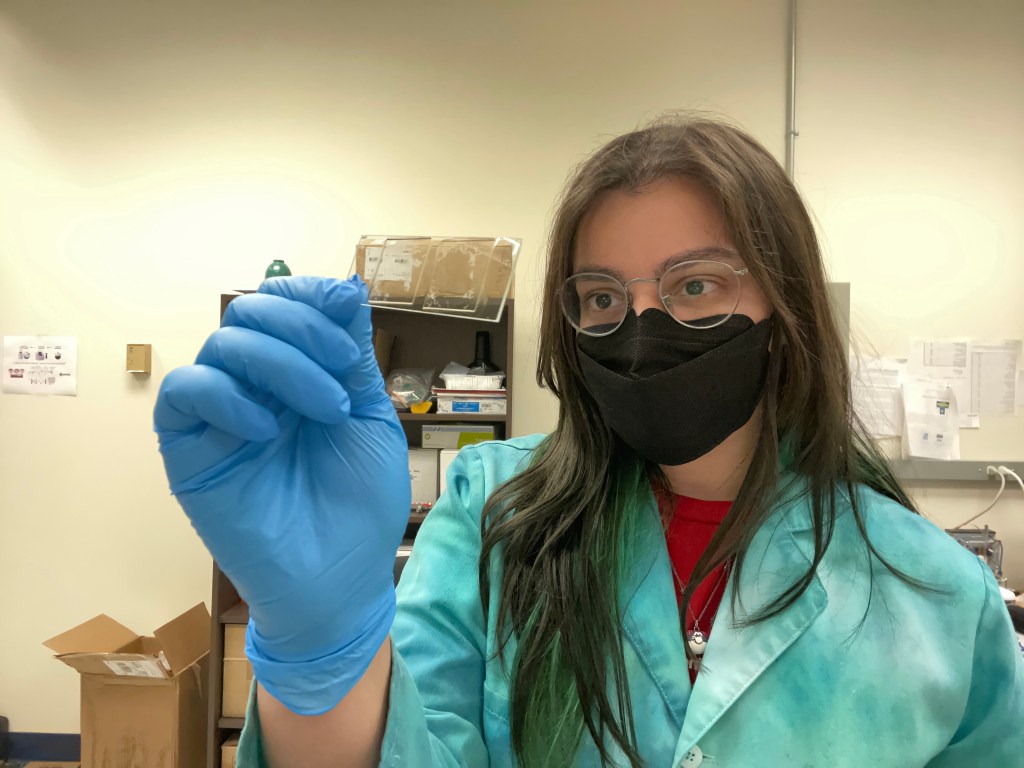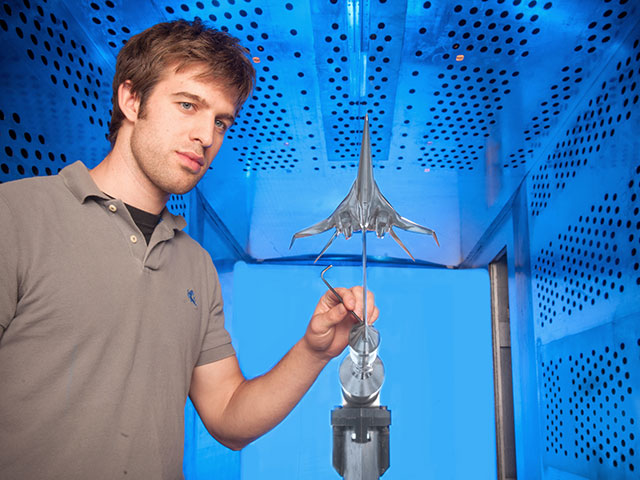3.0. NASA Program/Project Life Cycle
3.1 Program Formulation
3.2 Program Implementation
3.3 Project Pre-Phase A: Concept Studies
3.4 Project Phase A: Concept and Technology Development
3.5 Project Phase B: Preliminary Design and Technology Completion
3.6 Project Phase C: Final Design and Fabrication
3.7 Project Phase D: System Assembly, Integration and Test, Launch
3.8 Project Phase E: Operations and Sustainment
3.9 Project Phase F: Closeout
3.10 Funding: The Budget Cycle
3.11 Tailoring and Customization of NPR 7123.1 Requirements
The purpose of Phase A is to develop a proposed mission/system architecture that is credible and responsive to program expectations, requirements, and constraints on the project, including resources. During Phase A, activities are performed to fully develop a baseline mission concept, begin or assume responsibility for the development of needed technologies, and clarify expected reliance on human elements to achieve full system functionality or autonomous system development. This work, along with interactions with stakeholders, helps mature the mission concept and the program requirements on the project. Systems engineers are heavily involved during this phase in the development and assessment of the architecture and the allocation of requirements to the architecture elements.
In Phase A, a team—often associated with a program or informal project office—readdresses the mission concept first developed in Pre-Phase A to ensure that the project justification and practicality are sufficient to warrant a place in NASA’s budget. The team’s effort focuses on analyzing mission requirements and establishing a mission architecture. Activities become formal, and the emphasis shifts toward optimizing the concept design. The effort addresses more depth and considers many alternatives. Goals and objectives are solidified, and the project develops more definition in the system requirements, top-level system architecture, and ConOps. Conceptual designs and analyses (including engineering units and physical models, as appropriate) are developed and exhibit more engineering detail than in Pre-Phase A. Technical risks are identified in more detail, and technology development needs become focused. A Systems Engineering Management Plan (SEMP) is baselined in Phase A to document how NASA systems engineering requirements and practices of NPR 7123.1 will be addressed throughout the program life cycle.
In Phase A, the effort focuses on allocating functions to particular items of hardware, software, and to humans. System functional and performance requirements, along with architectures and designs, become firm as system tradeoffs and subsystem tradeoffs iterate back and forth, while collaborating with subject matter experts in the effort to seek out more cost-effective designs. A method of determining life cycle cost (i.e., system-level cost-effectiveness model) is refined in order to compare cost impacts for each of the different alternatives. (Trade studies should precede—rather than follow—system design decisions.) Major products to this point include an accepted functional baseline for the system and its major end items. The project team conducts the security categorization of IT systems required by NPR 2810.1 and Federal Information Processing Standard Publication (FIPS PUB) 199. The effort also produces various engineering and management plans to prepare for managing the project’s downstream processes such as verification and operations.
Space Flight Phase A: Concept and Technology Development
Purpose
To determine the feasibility and desirability of a suggested new system and establish an initial baseline compatibility with NASA’s strategic plans. Develop final mission concept, system-level requirements, needed system technology developments, and program/project technical management plans.
Typical Activities and Their Products
- Review and update documents baselined in Pre-Phase A if needed
- Monitor progress against plans
- Develop and baseline top-level requirements and constraints including internal and external interfaces, integrated logistics and maintenance support, and system software functionality
- Allocate system requirements to functions and to next lower level
- Validate requirements
- Baseline plans
- Systems Engineering Management Plan
- Human Systems Integration Plan
- Control plans such as the Risk Management Plan, Configuration Management Plan, Data Management Plan, Safety and Mission Assurance Plan, and Software Development or Management Plan (See NPR 7150.2)
- Other crosscutting and specialty plans such as environmental compliance documentation, acquisition surveillance plan, contamination control plan, electromagnetic interference/electromagnetic compatibility control plan, reliability plan, quality control plan, parts management plan, logistics plan
- Develop preliminary Verification and Validation Plan
- Establish human rating plan and perform initial evaluations
- Develop and baseline mission architecture
- Develop breadboards, engineering units or models identify and reduce high risk concepts
- Demonstrate that credible, feasible design(s) exist
- Perform and archive trade studies
- Initiate studies on human systems interactions
- Initiate environmental evaluation/National Environmental Policy Act process
- Develop initial orbital debris assessment (NASA-STD-8719.14)
- Perform technical management
- Provide technical cost estimate and range and develop system-level cost-effectiveness model
- Define the WBS
- Develop SOWs
- Acquire systems engineering tools and models
- Establish technical resource estimates
- Identify, analyze and update risks
- Perform required Phase A technical activities from NPR 7120.5 as applicable
- Satisfy Phase A reviews’ entrance/success criteria from NPR 7123.1
Reviews
- SRR
- MDR/SDR


